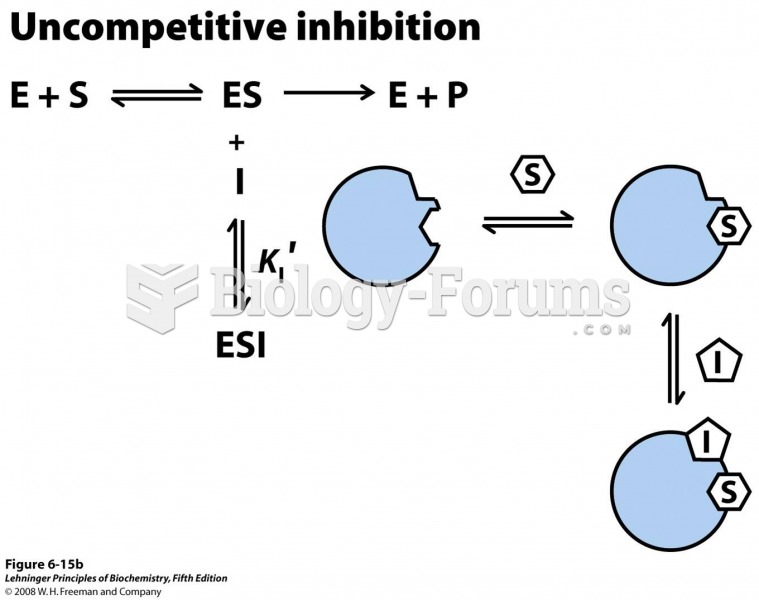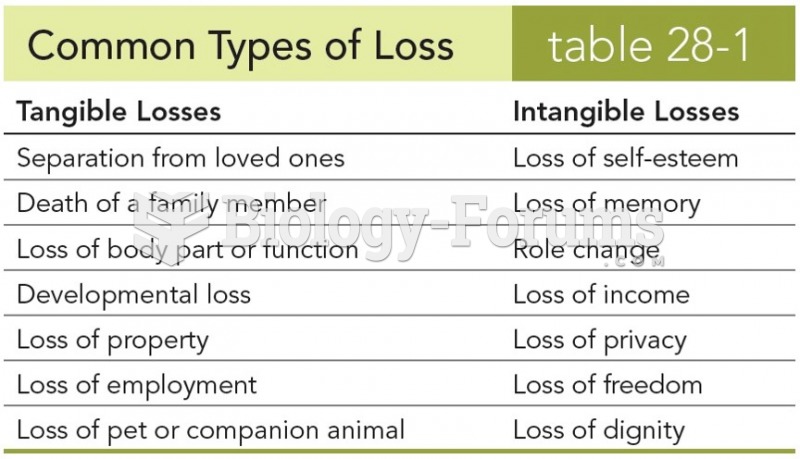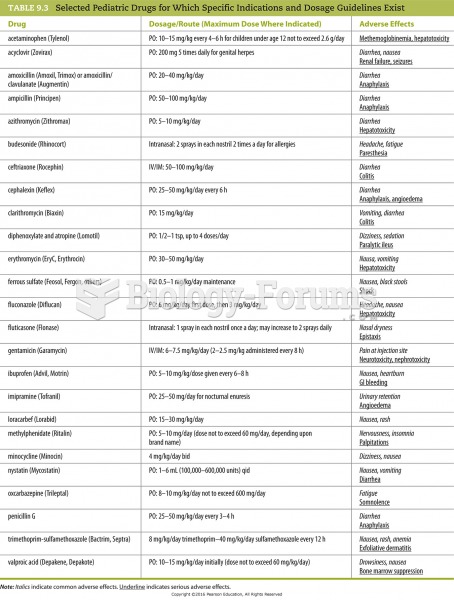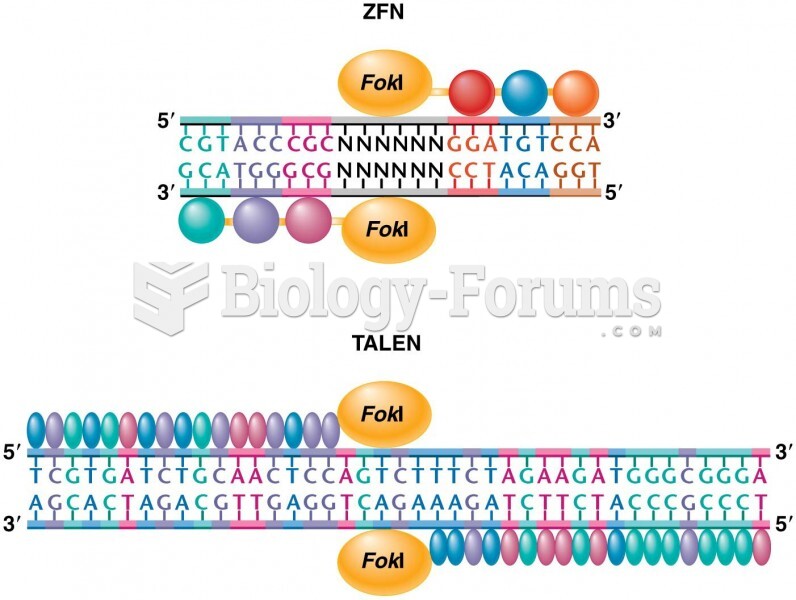|
|
|
Did you know?
Amphetamine poisoning can cause intravascular coagulation, circulatory collapse, rhabdomyolysis, ischemic colitis, acute psychosis, hyperthermia, respiratory distress syndrome, and pericarditis.
Did you know?
Blood is approximately twice as thick as water because of the cells and other components found in it.
Did you know?
Medication errors are three times higher among children and infants than with adults.
Did you know?
The Babylonians wrote numbers in a system that used 60 as the base value rather than the number 10. They did not have a symbol for "zero."
Did you know?
Approximately 500,000 babies are born each year in the United States to teenage mothers.







